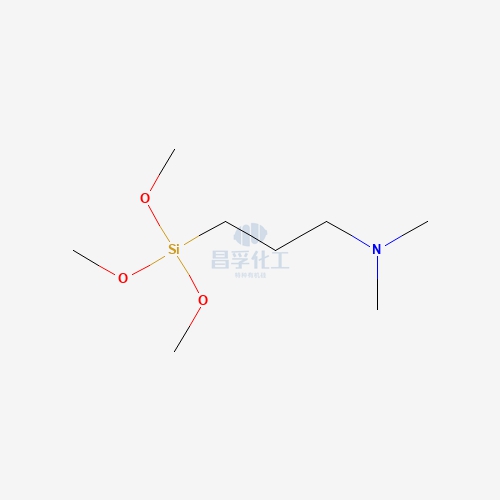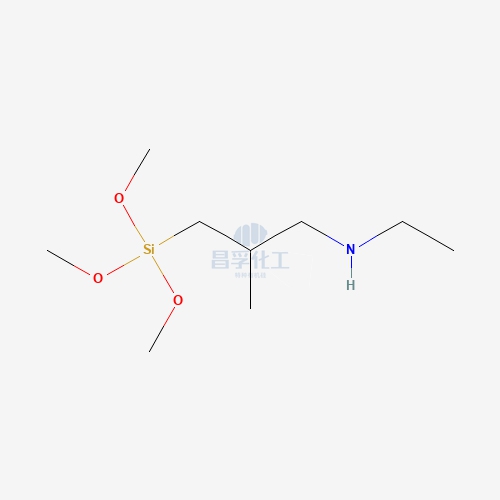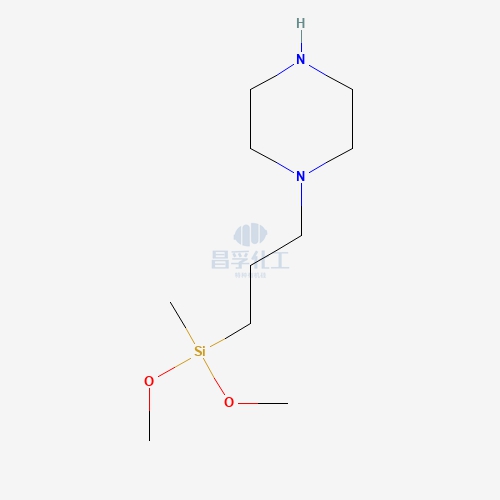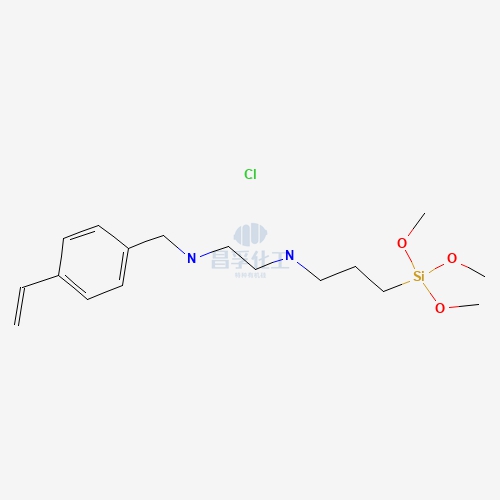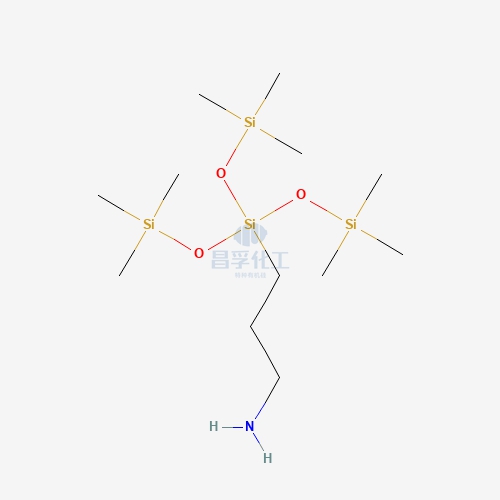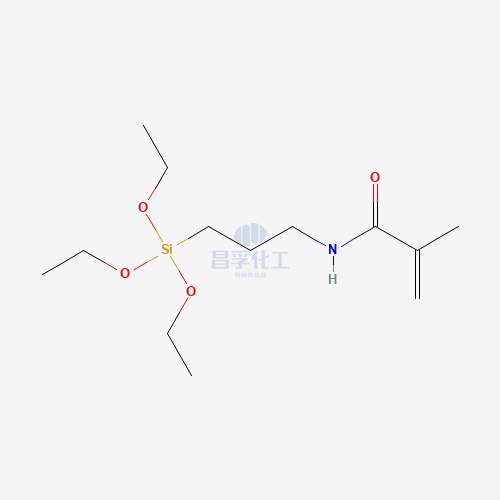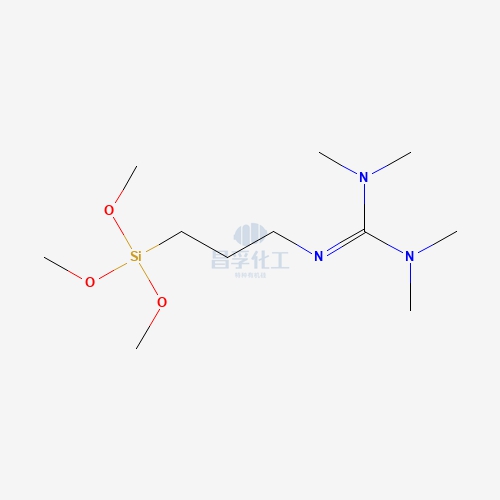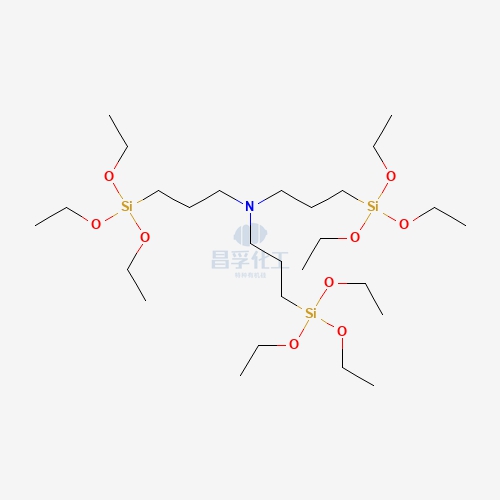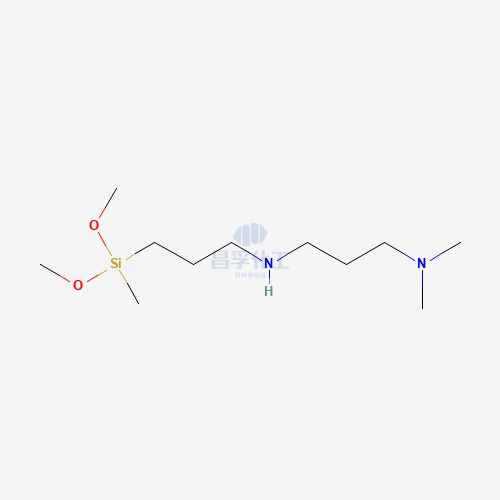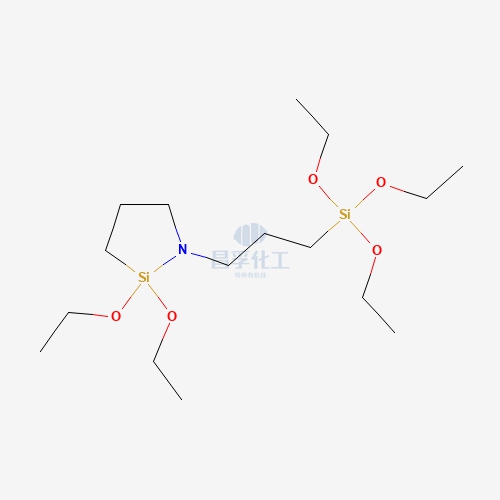
Contact Changfu Chemical Now!
+86 27 8439 6550 | +86 181 6277 0058
The Future of Silicone Manufacturing: Cutting-Edge Innovations and Trends
Introduction
Silicone manufacturing is evolving rapidly, driven by technological advancements and a growing demand for high-quality products. This article explores the latest innovations in silicone manufacturing and predicts what lies ahead for the industry.
Current State of Silicone Manufacturing
Traditional silicone manufacturing methods have laid the groundwork for the industry. However, recent advancements are pushing the boundaries, leading to more efficient, precise, and sustainable production processes.
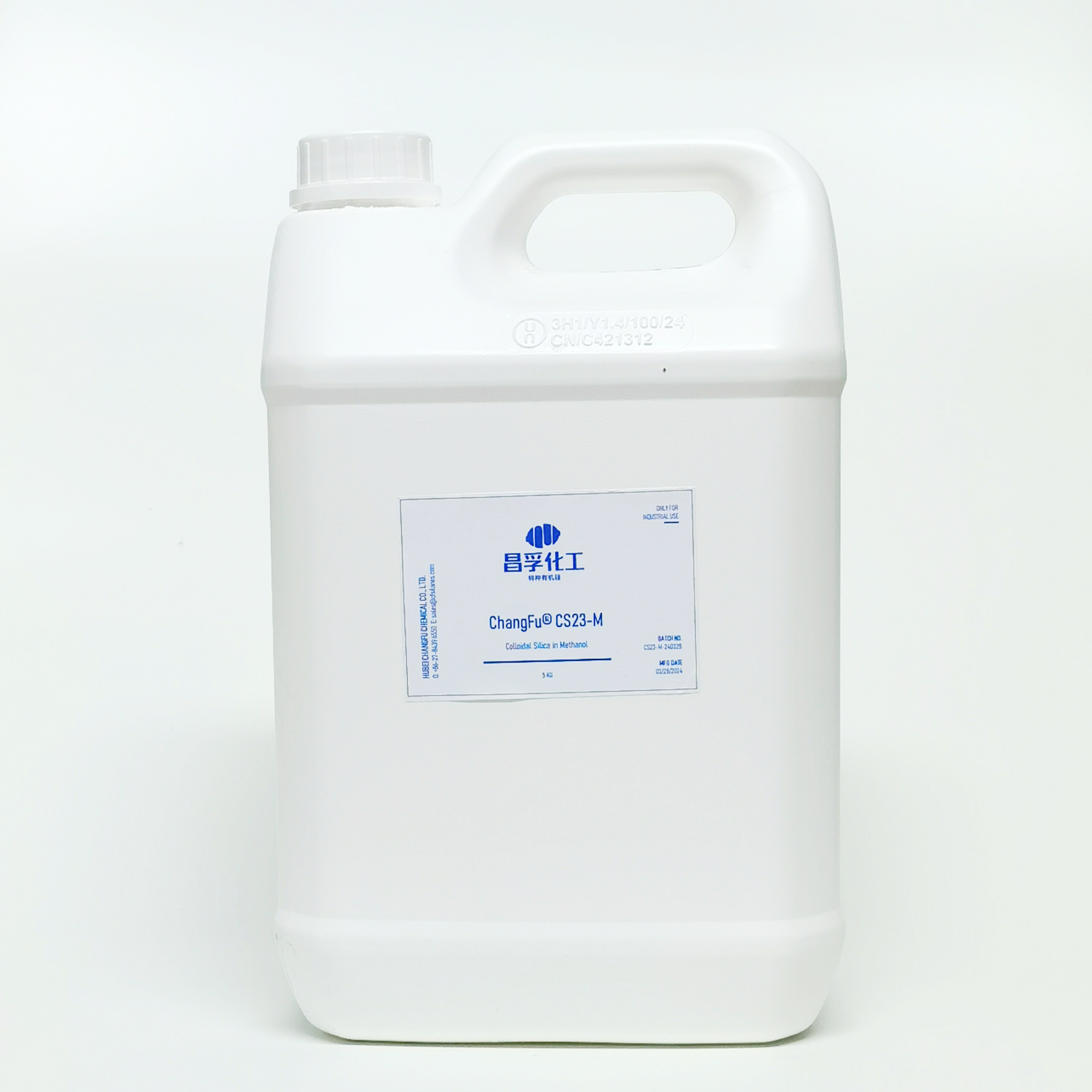
Innovations in Silicone Manufacturing
3D Printing
3D printing is revolutionizing the silicone manufacturing industry. This technology allows for the creation of complex shapes and designs that were previously impossible with traditional methods.
Benefits:
- Reduced Waste: 3D printing uses only the necessary amount of material, minimizing waste.
- Increased Precision: This technology offers high accuracy, ensuring consistent product quality.
- Faster Turnaround: Prototyping and production times are significantly reduced.
Applications:
- Medical Devices: Custom implants and prosthetics.
- Automotive Parts: Engine components and gaskets.
- Consumer Goods: Customized kitchenware and accessories.
Automation and Robotics
Automation and robotics are transforming production lines in silicone manufacturing. These technologies enhance efficiency, quality, and consistency.
Impact:
- Consistent Quality: Automated systems ensure uniformity in product manufacturing.
- Higher Efficiency: Robots can work continuously, increasing production speed.
- Cost Savings: Reduced labor costs and minimized errors lead to financial savings.
Examples:
- Automated Silicone Molding: Robots handle the molding process with precision.
- Robotic Assembly: Automated systems assemble silicone products with high accuracy.
Sustainability
Sustainability is a critical focus in modern silicone manufacturing. Companies are adopting eco-friendly practices to reduce their environmental impact.
Key Practices:
- Eco-Friendly Materials: Using recycled and sustainable materials in production.
- Waste Reduction: Implementing processes that minimize waste generation.
- Energy Efficiency: Utilizing energy-efficient technologies and practices.
Advanced Formulations
Innovative formulations are enhancing the properties of silicone, making it more versatile and durable.
Examples:
- Heat-Resistant Silicone: Used in automotive and industrial applications.
- Elastic Silicone: Ideal for medical devices that require flexibility and durability.

Manufacturing Processes of Silicone Manufacturing
Direct Process
The direct process involves converting silicon into silicone in a straightforward manner, making it efficient and cost-effective.
Steps:
- Silicon Preparation: Silicon is prepared for the reaction.
- Reaction with Methyl Chloride: Silicon reacts with methyl chloride to form dimethyldichlorosilane.
- Distillation and Purification: The product is distilled and purified to obtain silicone.
Polymerization Process
Polymerization creates long chains of silicone, enhancing its strength and flexibility.
Benefits:
- Increased Strength: Long polymer chains provide superior strength.
- Enhanced Flexibility: Polymerized silicone is more flexible and durable.
Steps:
- Monomer Preparation: Preparing the monomers for the reaction.
- Chain Reaction Initiation: Initiating the polymerization process.
- Curing and Setting: Curing the product to achieve the desired properties.
Technological Trends for Silicone Manufacturing
Liquid Silicone Rubber Injection Molding
Liquid Silicone Rubber (LSR) injection molding is an advanced process that offers precision and efficiency.
Process:
- Material Preparation: Preparing the silicone rubber.
- Injection into Mold: Injecting the material into the mold.
- Curing and Setting: Curing the product to set its shape.
- Mold Ejection and Cooling: Ejecting the product from the mold and allowing it to cool.
Advantages:
- High-Quality Products: Ensures detailed and accurate product designs.
- Efficient Production: Quick and efficient production process.
Digital Printing
Digital printing technology is revolutionizing the customization of silicone products. It allows for the creation of unique, colorful designs.
Applications:
- Customized Silicone Phone Cases: Personalized designs and colors.
- Personalized Kitchenware: Unique patterns and styles for kitchen tools.
Applications of Silicone Products
Healthcare:
- Medical Implants: Biocompatible and durable silicone implants.
- Catheters: Flexible and safe for medical use.
Automotive:
- Gaskets: Heat-resistant and durable for engine components.
- Hoses: Flexible and strong for fluid transfer.
Electronics:
- Insulators: Reliable insulation for electronic components.
- Thermal Management Products: Efficient heat dissipation materials.
Consumer Goods:
- Cookware: Non-stick and heat-resistant kitchen tools.
- Personal Care Products: Soft and flexible silicone items.
Market Trends and Future Predictions of Silicone Manufacturing
The silicone market is experiencing significant growth, driven by rising demand in healthcare, automotive, and electronics sectors. Future advancements are expected to further enhance the market.
Trends:
- Sustainable Materials: Increased use of eco-friendly silicone.
- Customization: Growing demand for personalized products.
- Emerging Markets: Expansion in developing regions.
Challenges in Silicone Manufacturing
Precision and Quality Control: Maintaining high standards of precision and quality is crucial for silicone manufacturing. Advanced technologies help achieve consistent quality.
Managing Viscosity and Temperature: Balancing viscosity and temperature is essential for producing high-quality silicone products. Proper management ensures consistency.
Ensuring Sustainability: Adopting sustainable practices is vital for the industry's future. This includes using eco-friendly materials and reducing waste.
Conclusion
Innovations in silicone manufacturing are shaping a bright future for the industry. From advanced technologies to sustainable practices, the industry is evolving rapidly. Staying informed and adapting to these changes is key for silicone product manufacturers to remain competitive. For those interested in related technologies, exploring how isocyanurate plays a role can provide valuable insights.
By embracing these innovations, silicone product manufacturers can meet the growing demands of various industries and ensure a sustainable, prosperous future. The possibilities are endless, and the future of silicone manufacturing looks promising.
Quick Reference Table
| Innovation | Benefits | Applications |
|---|---|---|
| 3D Printing | Reduced waste, high precision | Medical devices, automotive parts, consumer goods |
| Automation and Robotics | Consistent quality, cost savings | Silicone molding, assembly |
| Sustainability | Eco-friendly, energy-efficient | All silicone products |
| Advanced Formulations | Enhanced properties | Automotive, medical |
| Liquid Silicone Rubber Injection Molding | High-quality products, efficiency | Various industries |
Popular Silicon Compounds
Popular Silicon Compounds
Related News & Blog
Related News & Blog




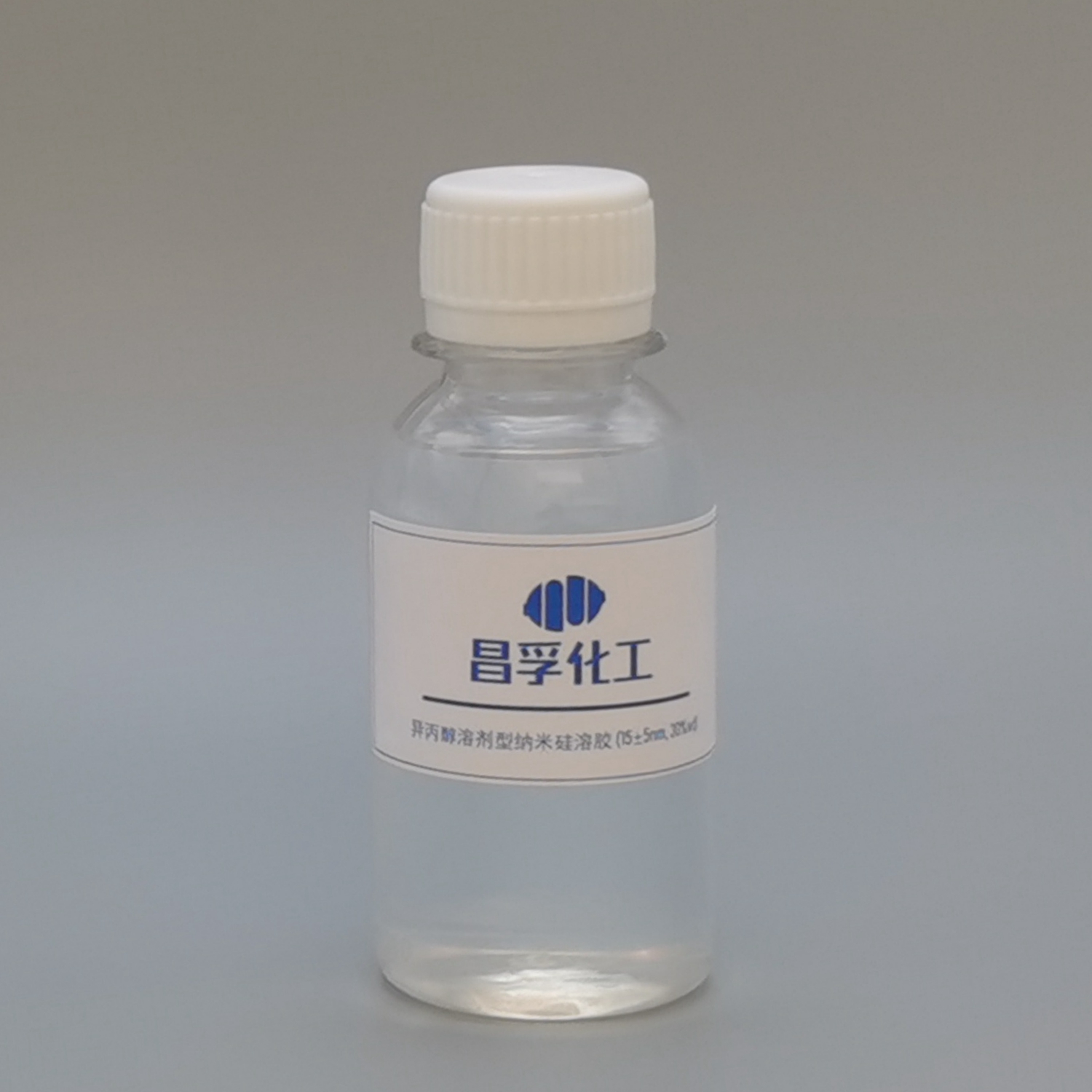
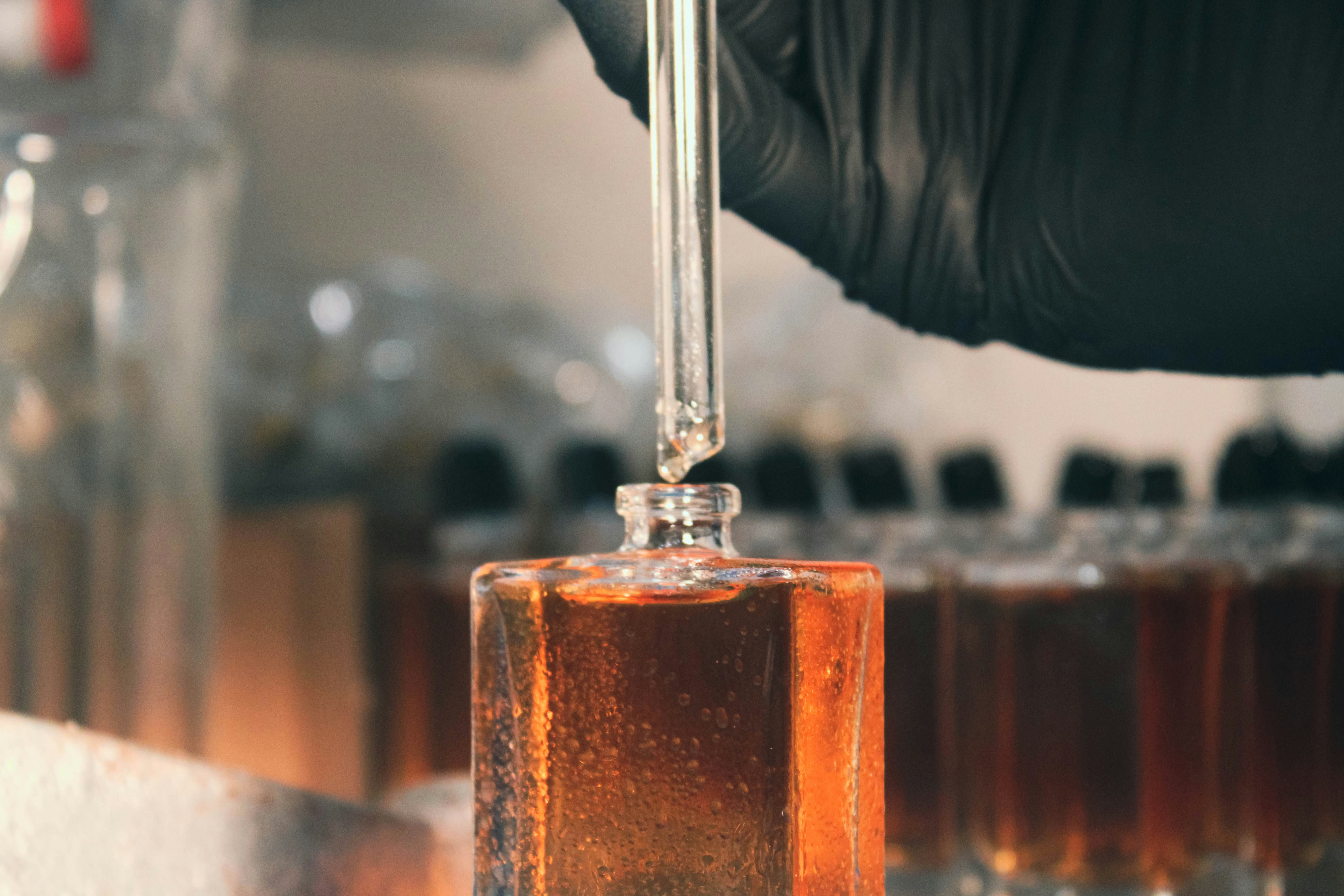








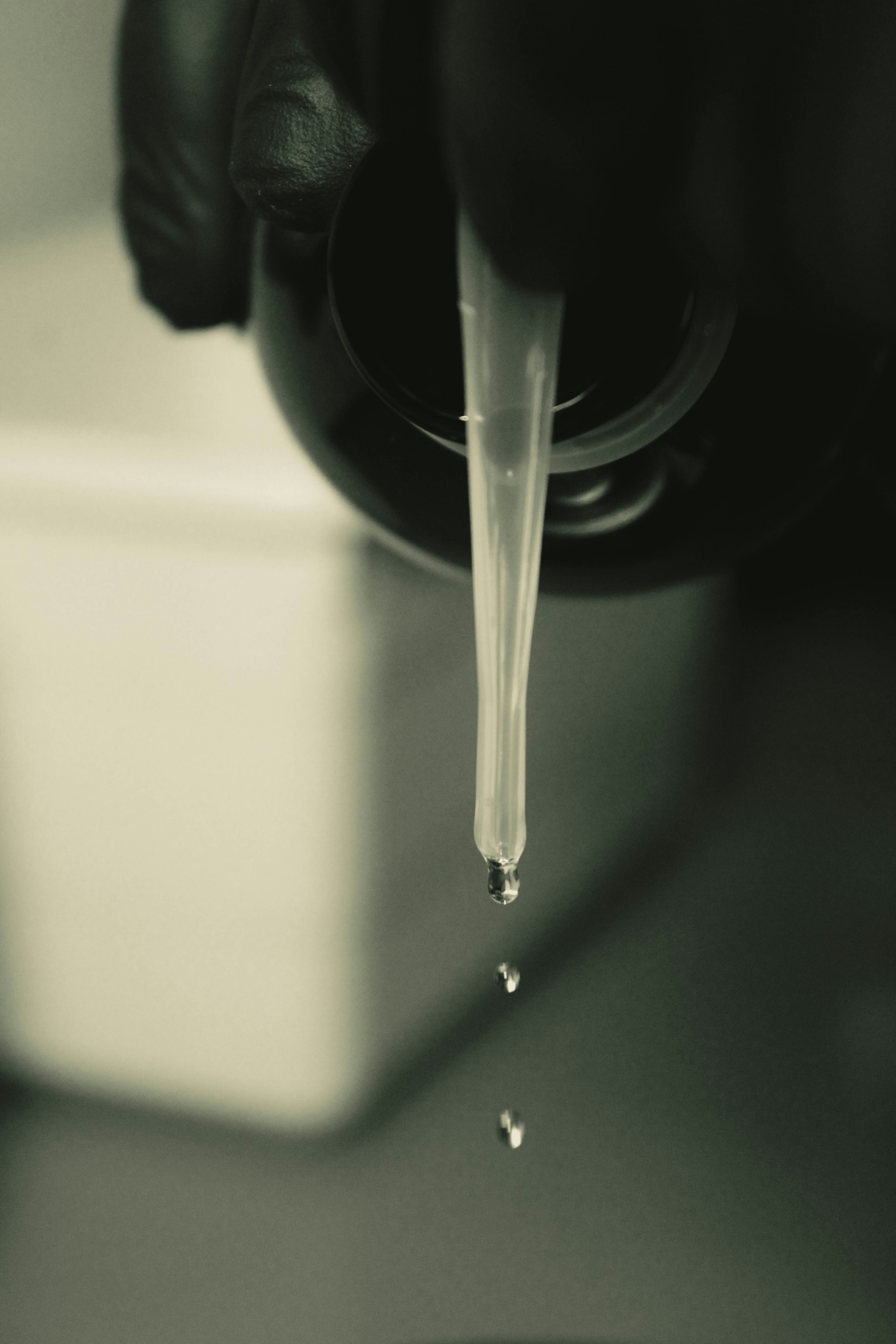











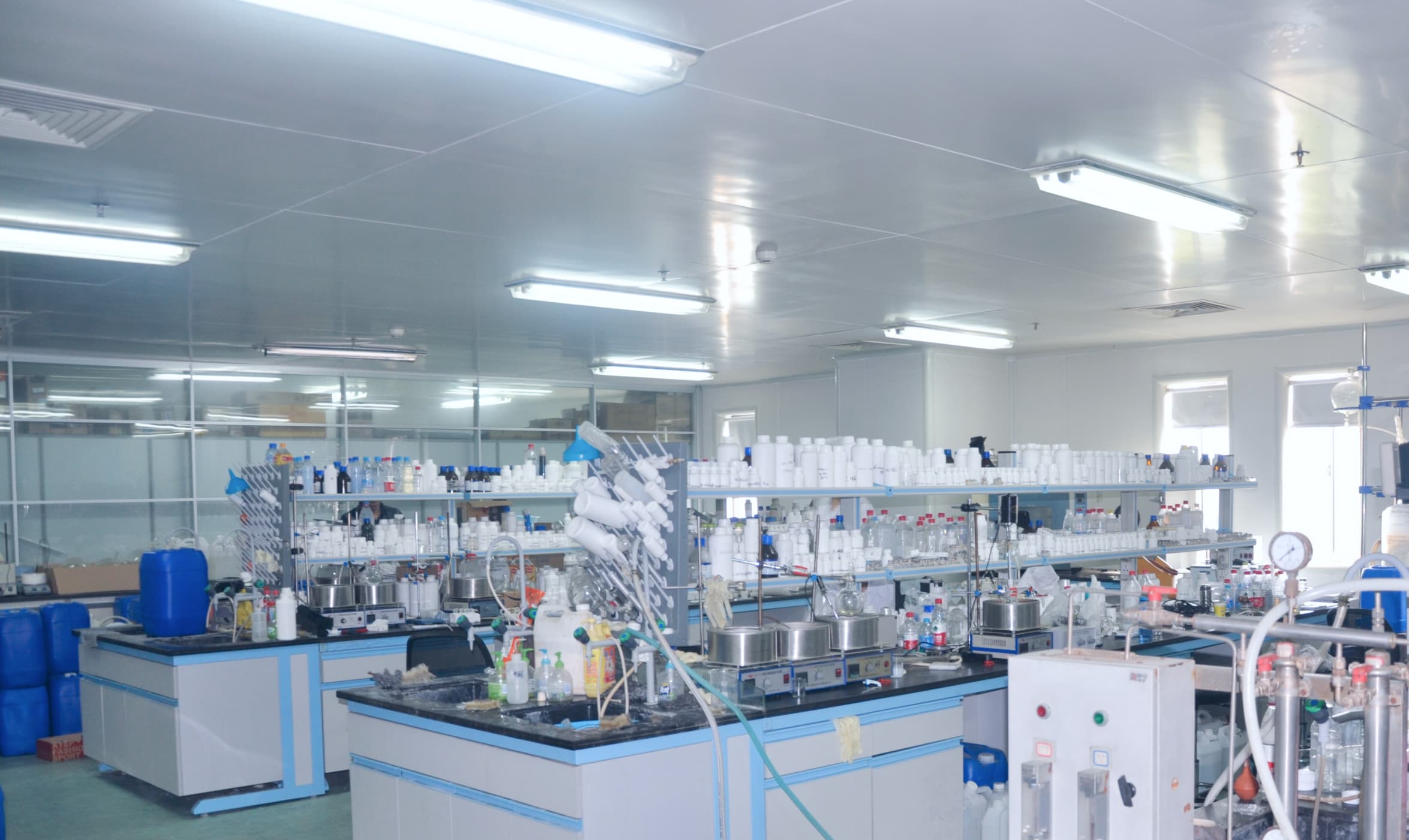


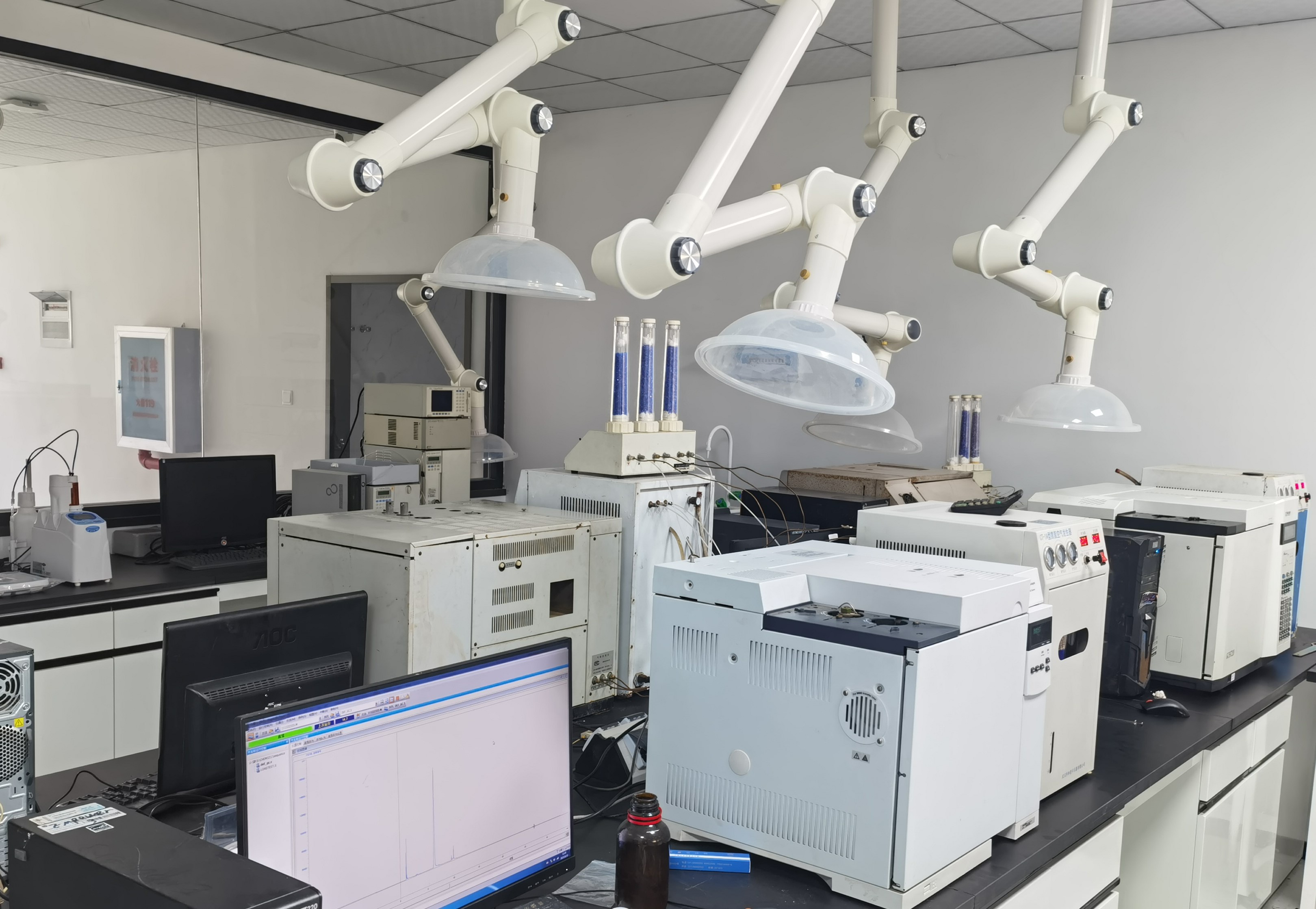

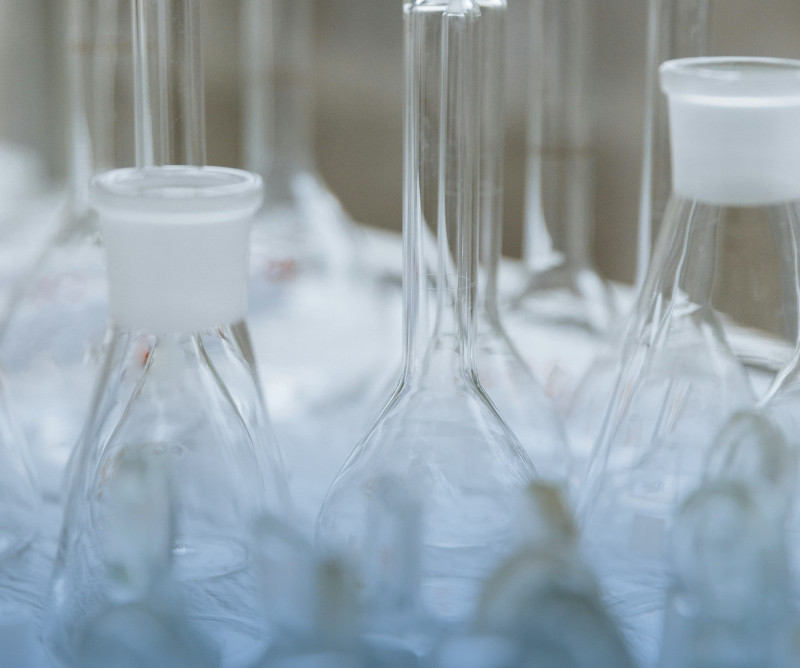

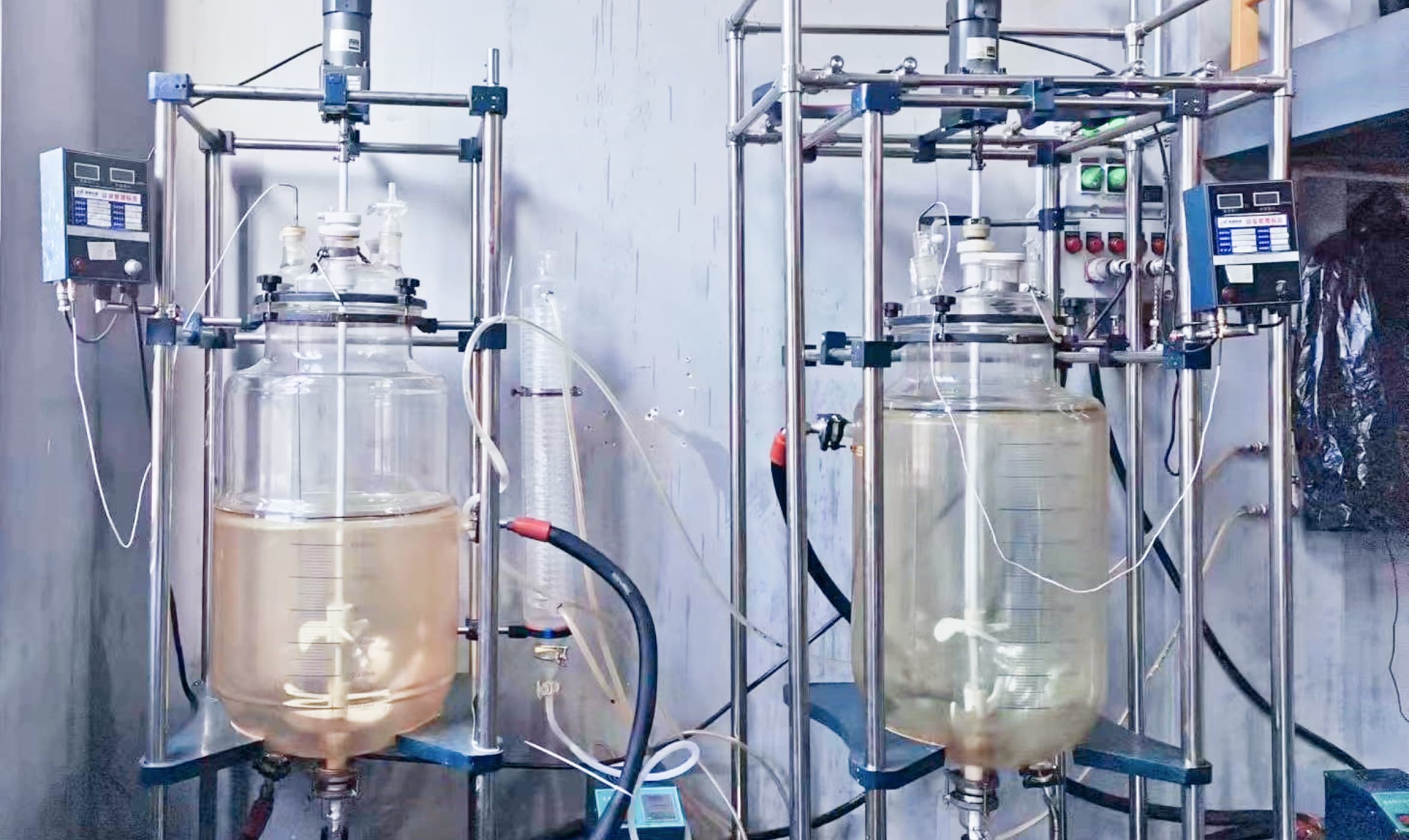

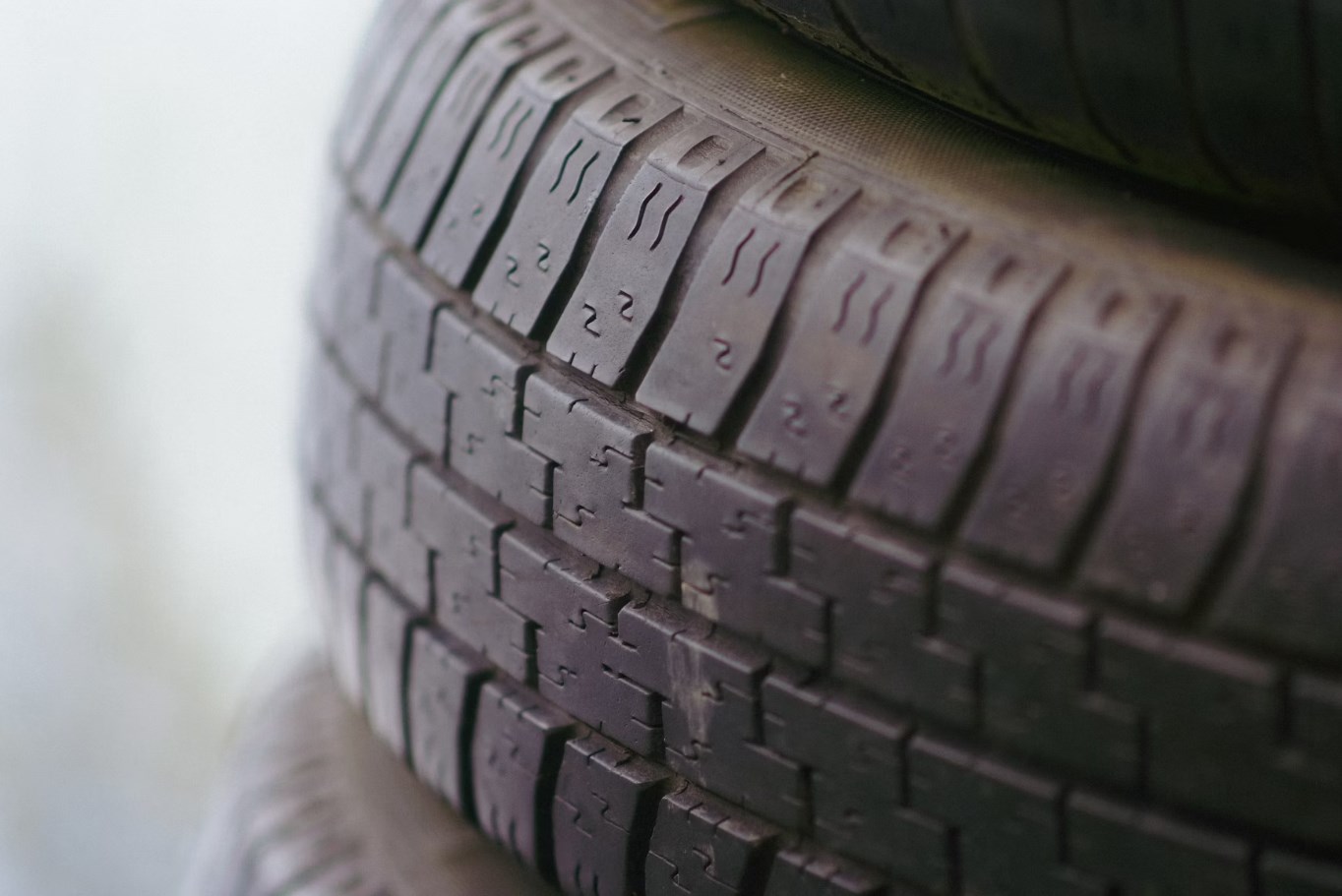

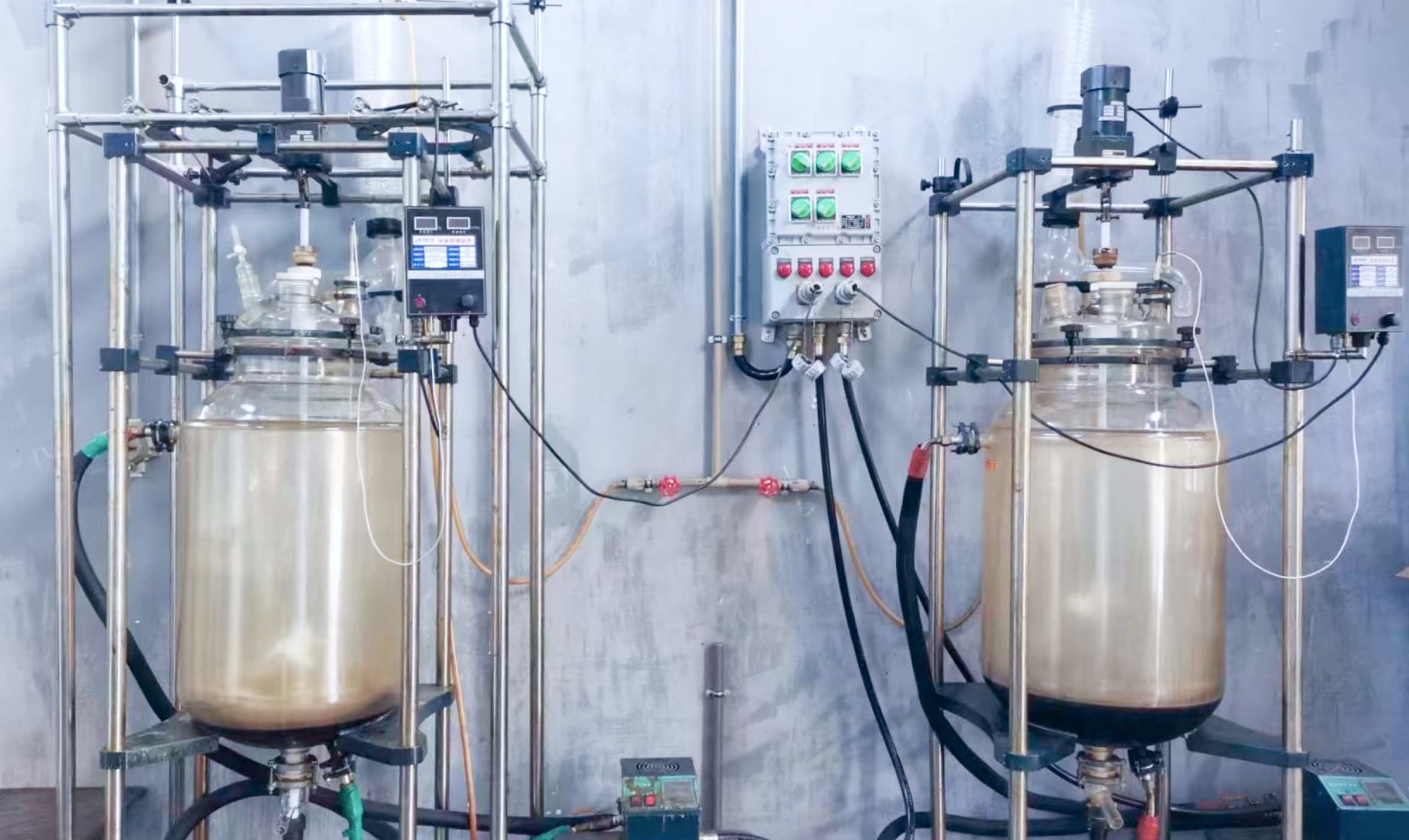
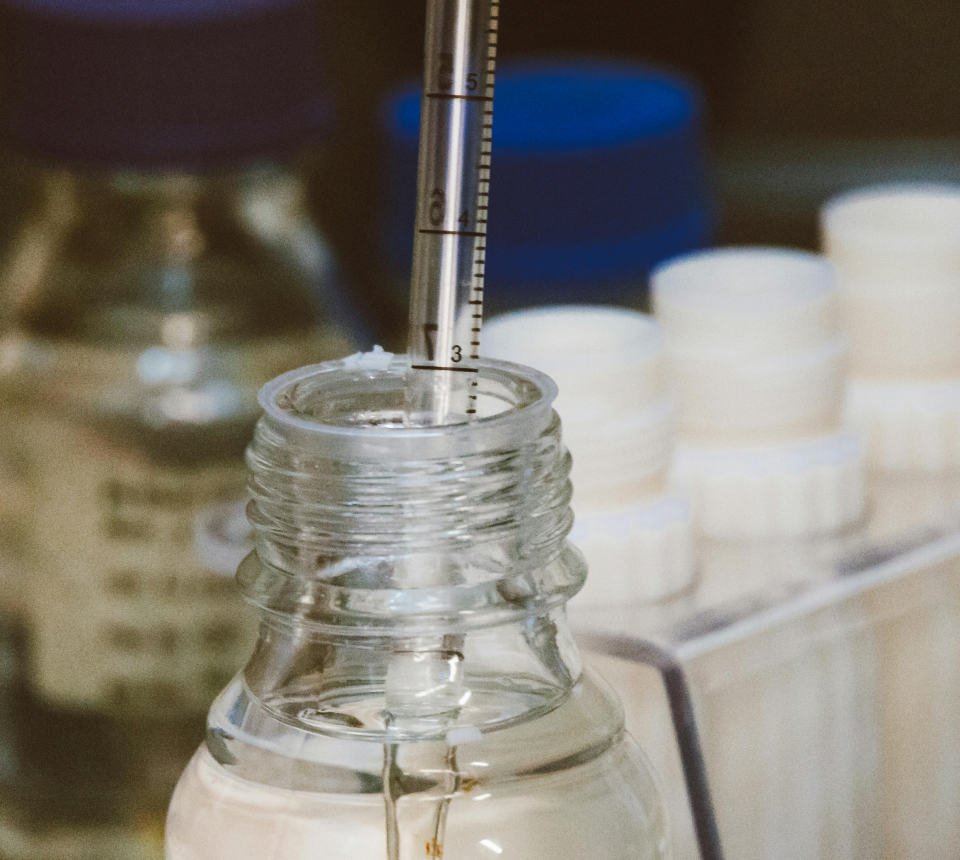


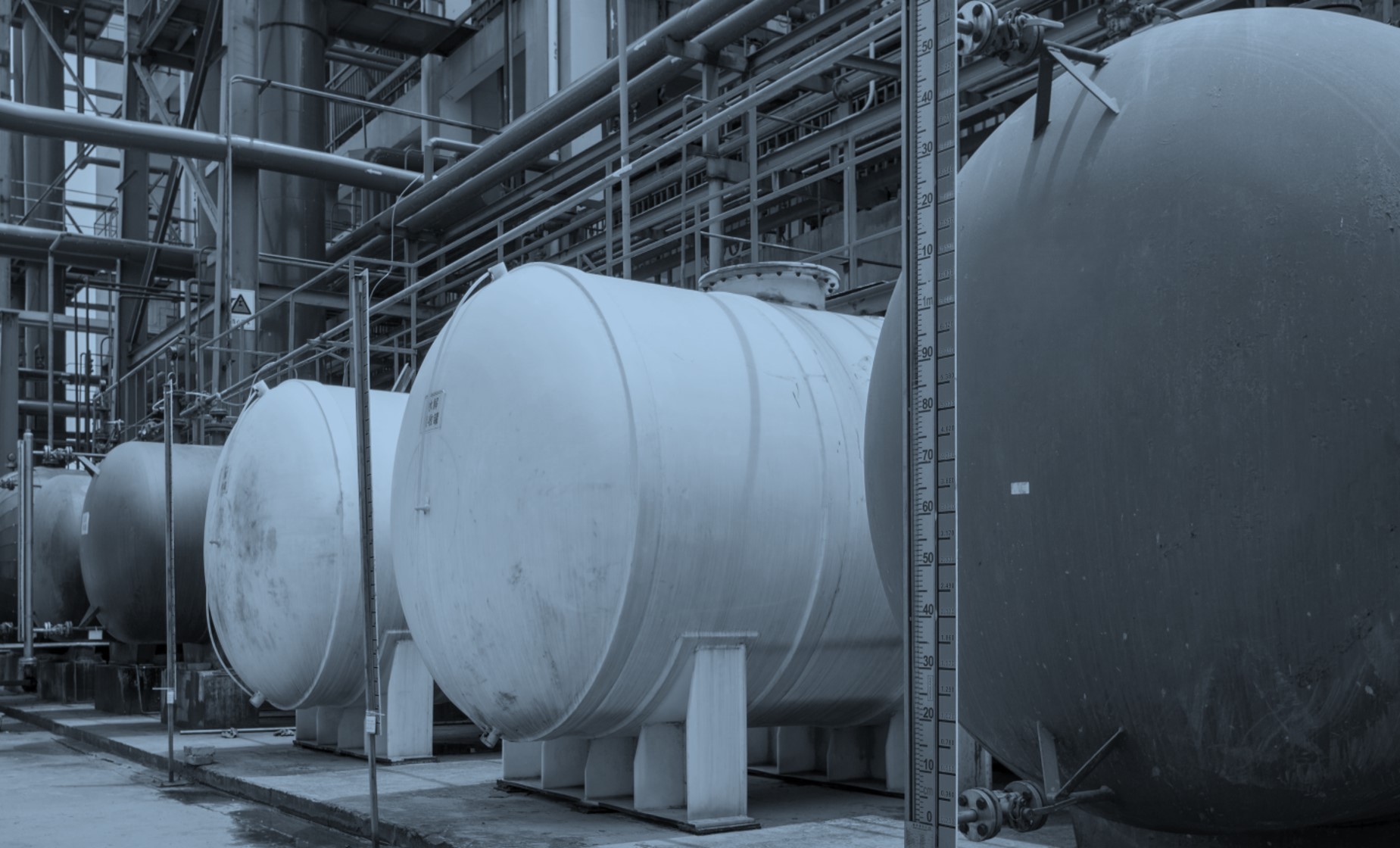

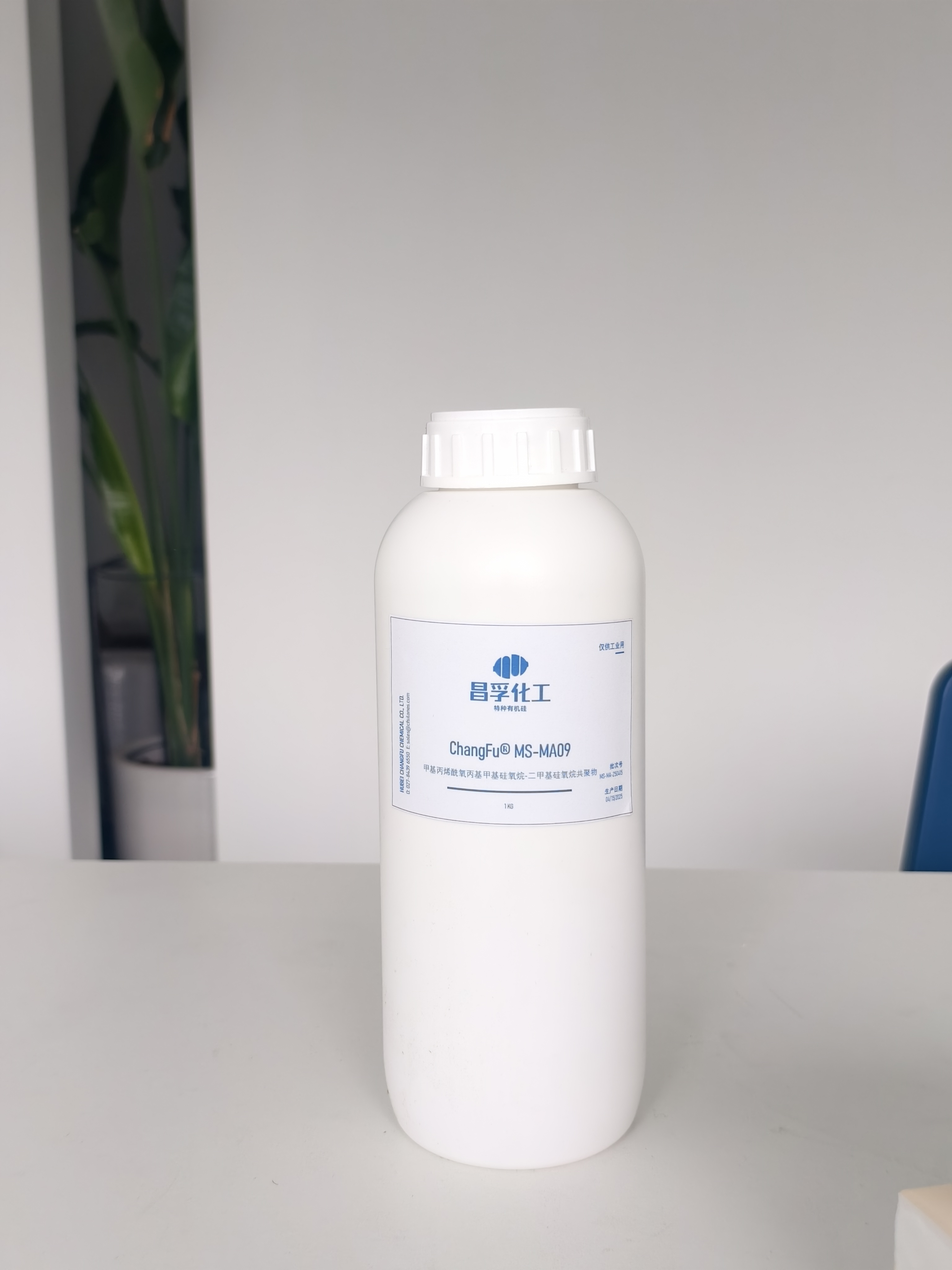



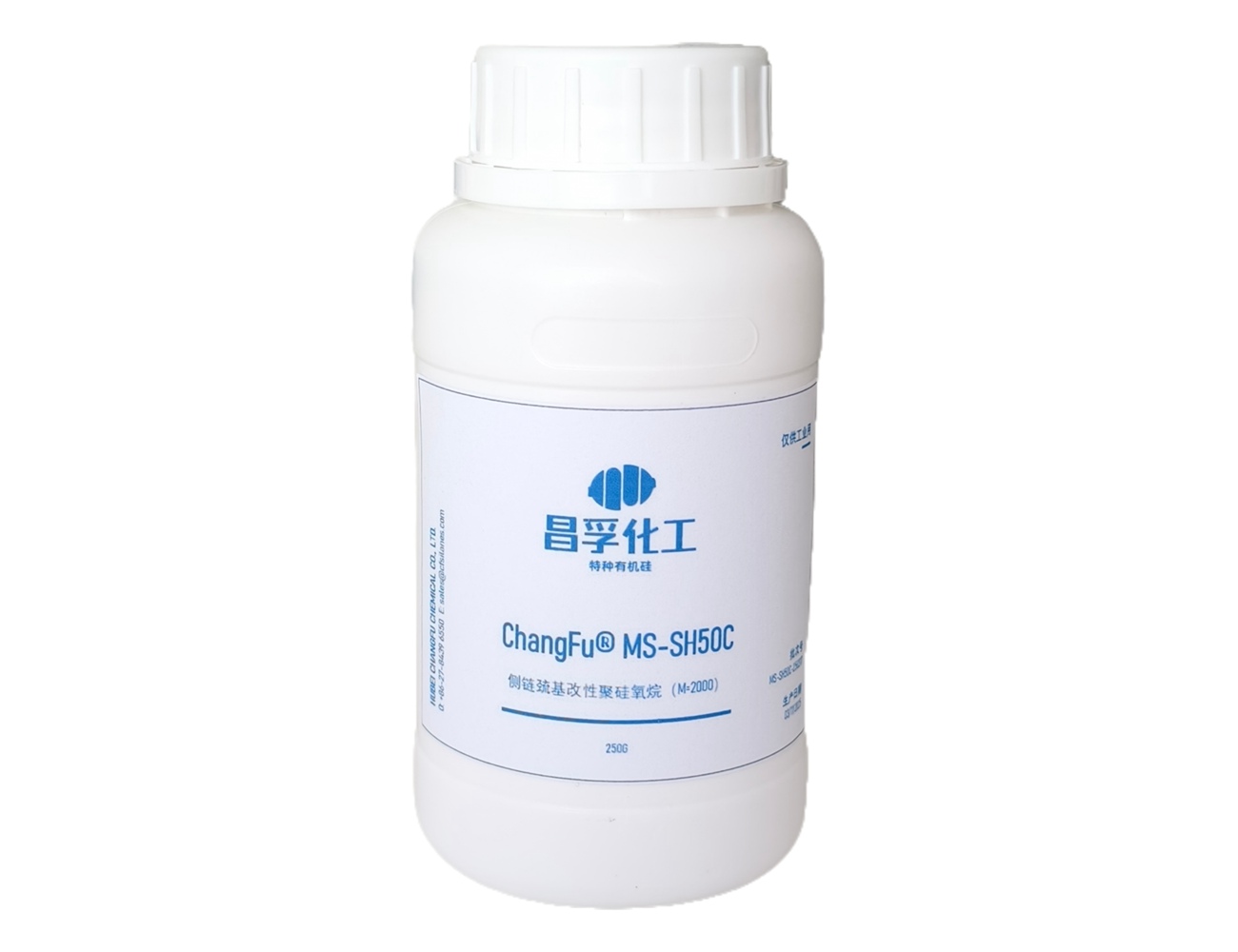


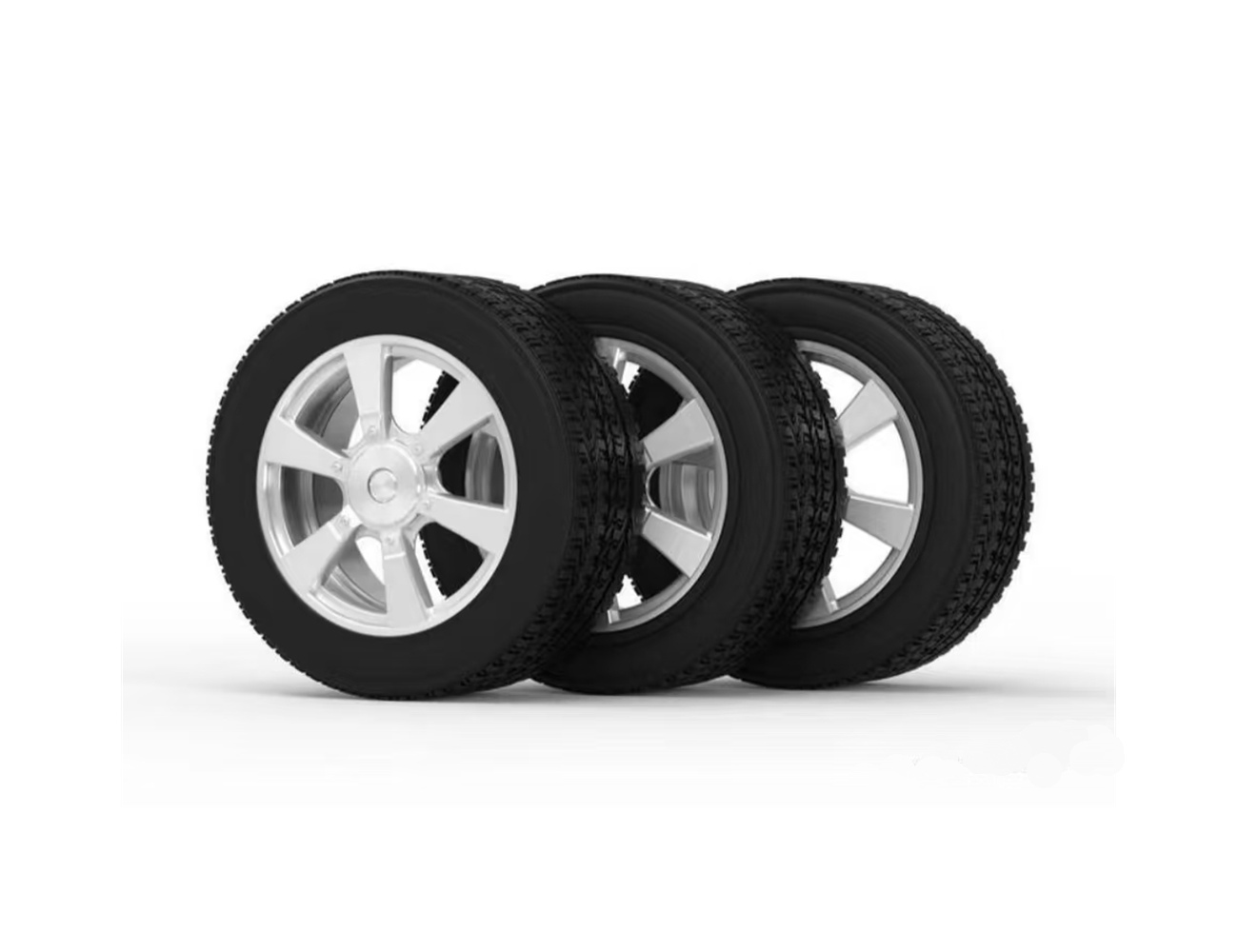
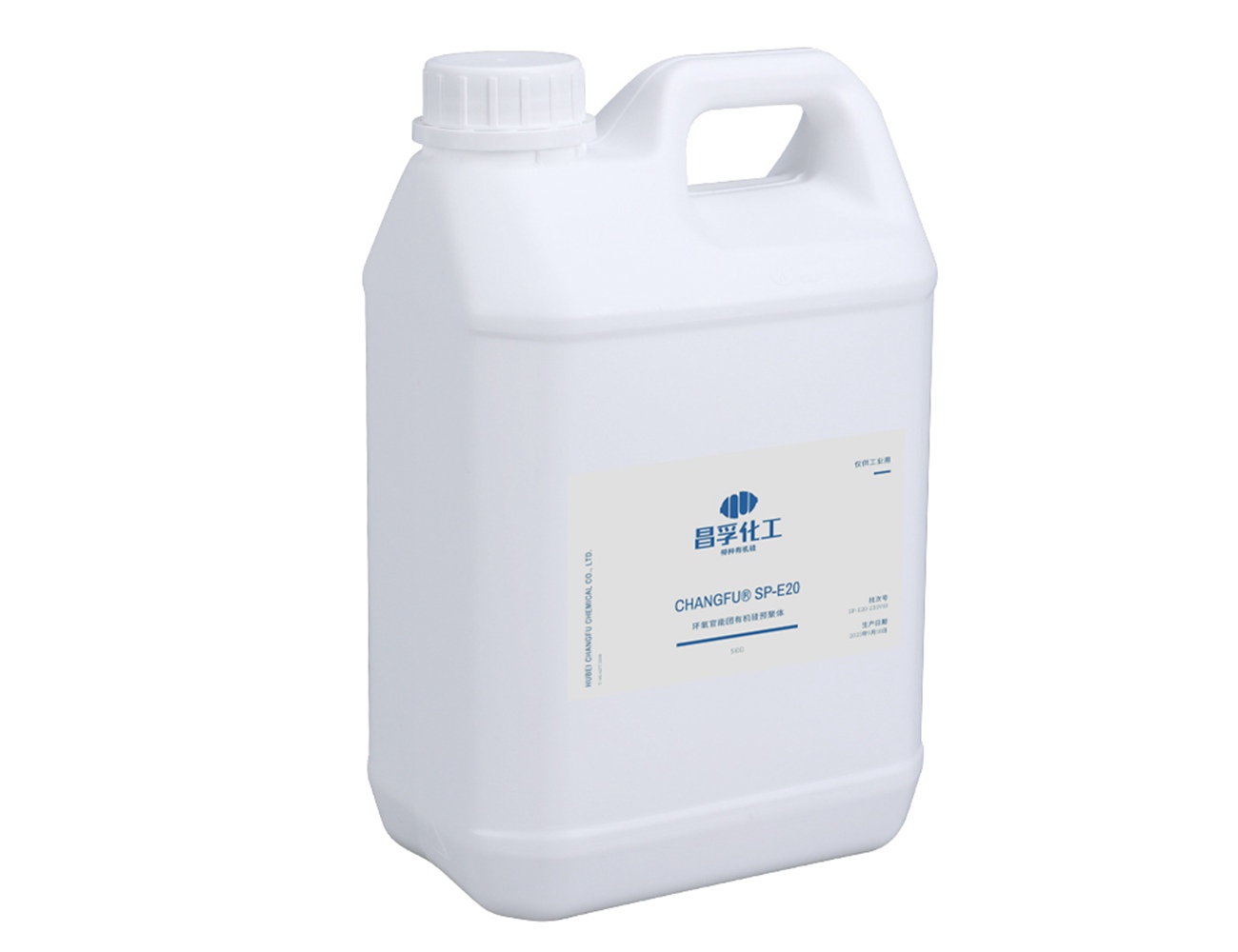
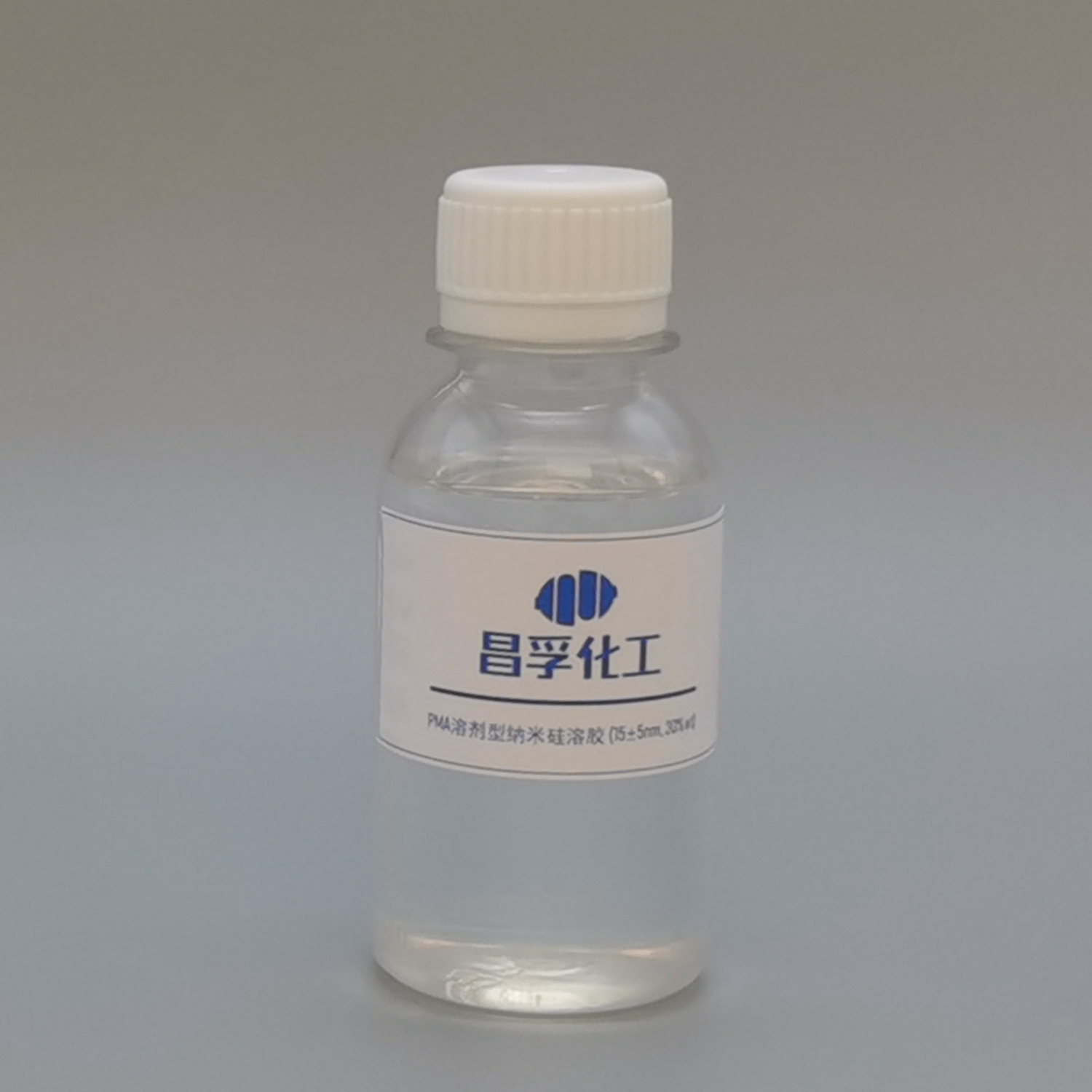
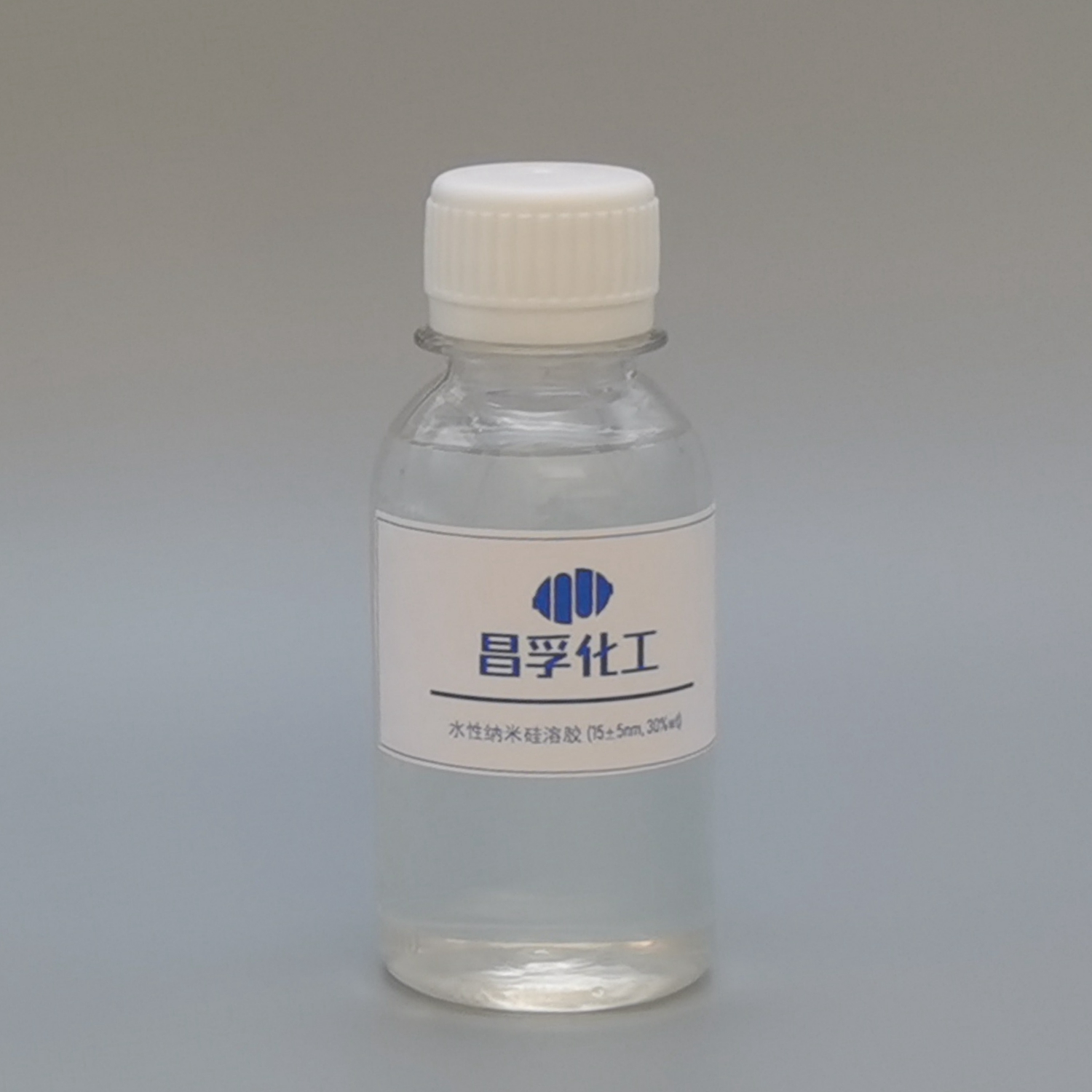

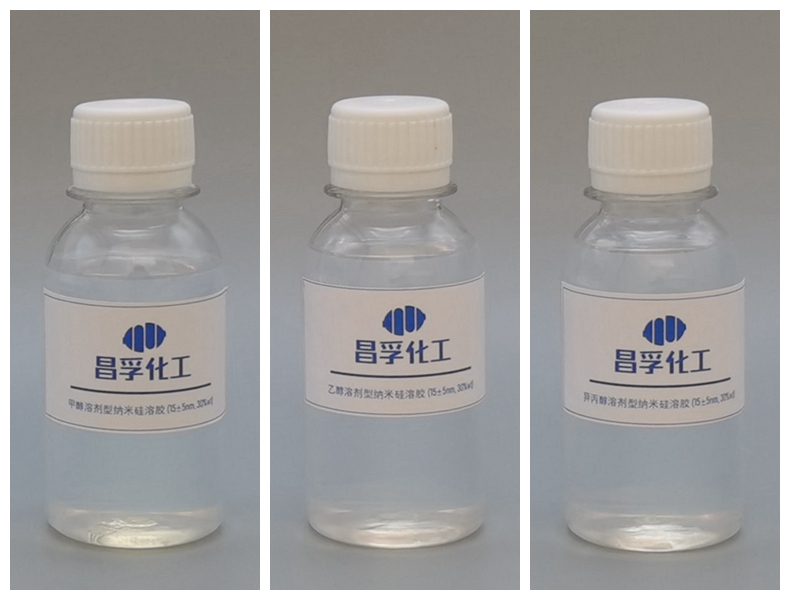
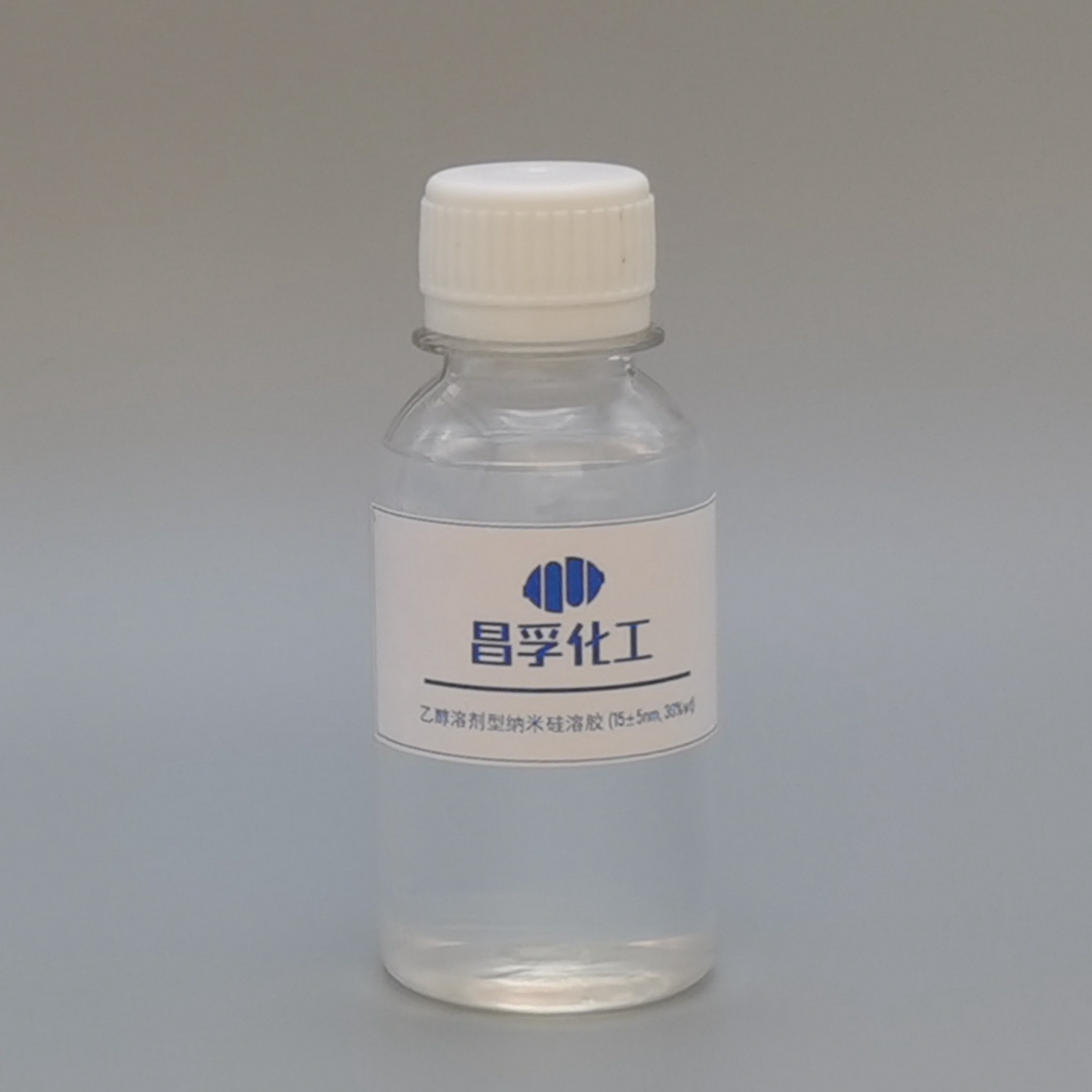
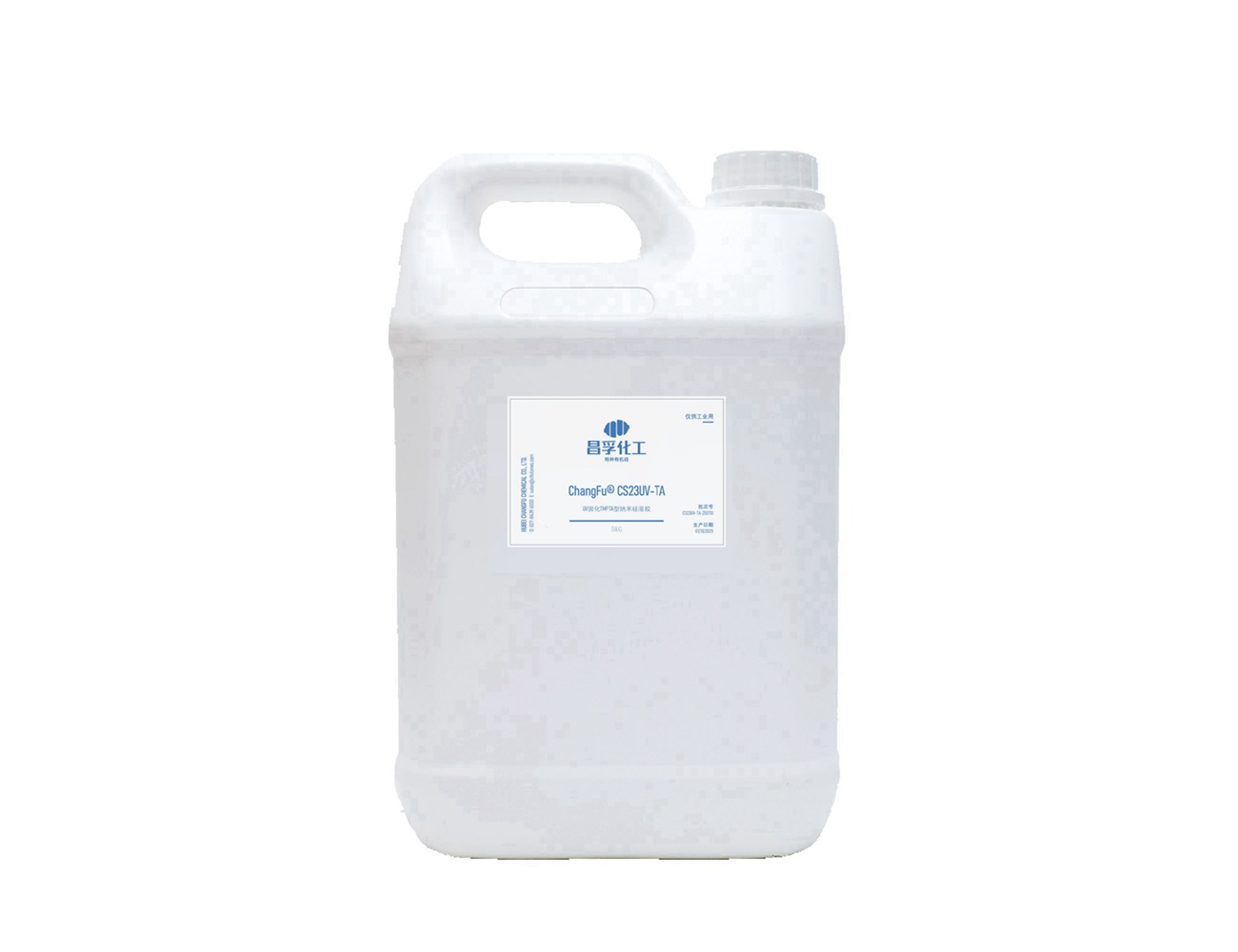
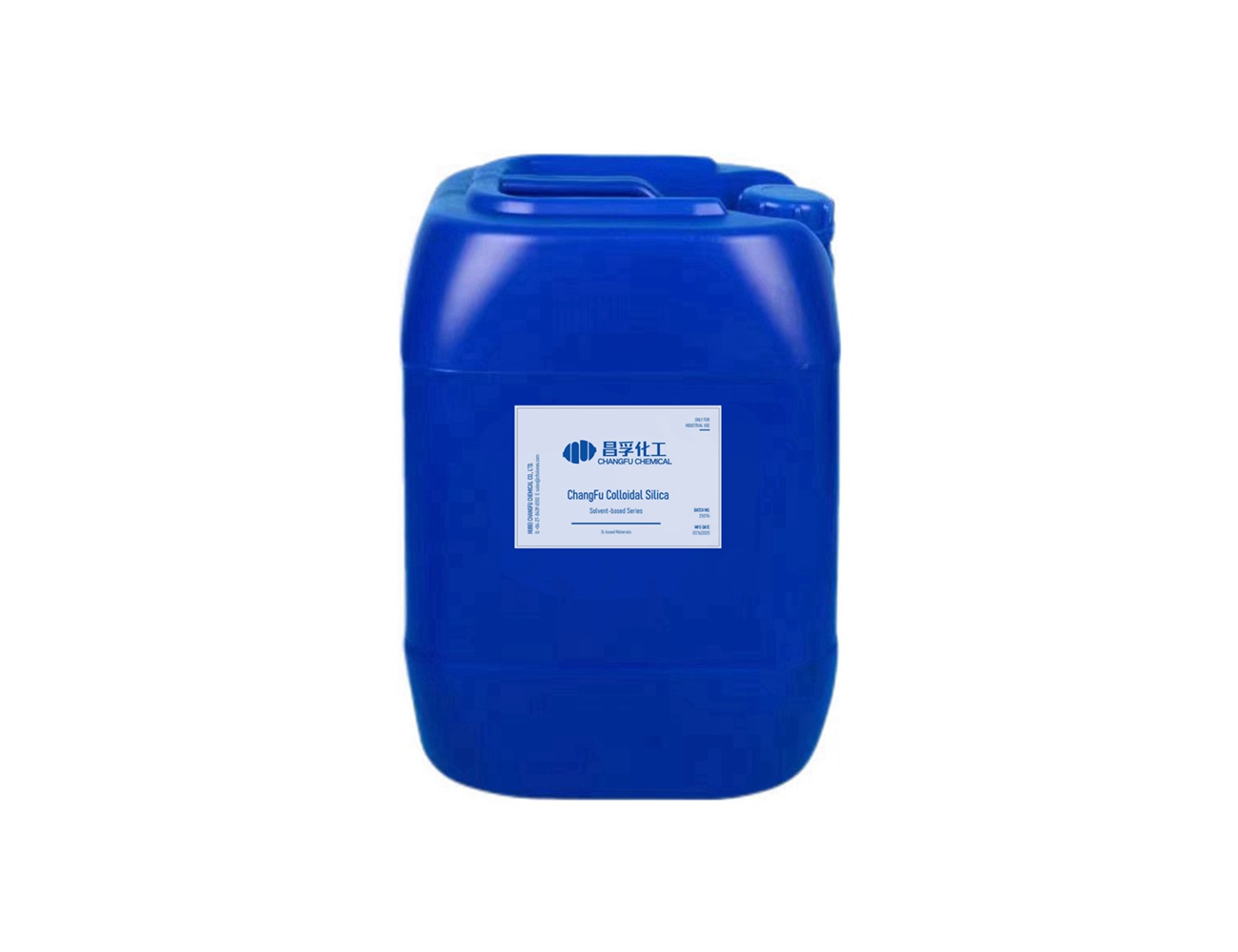


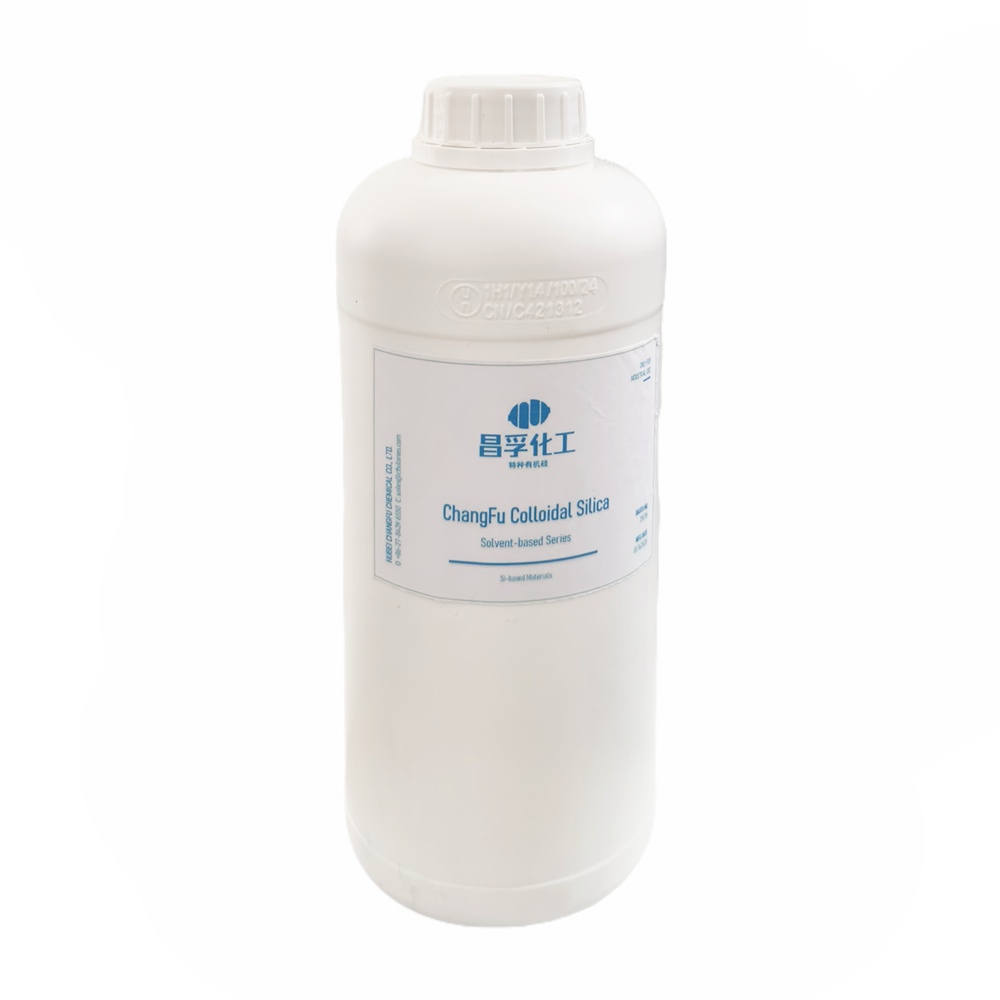


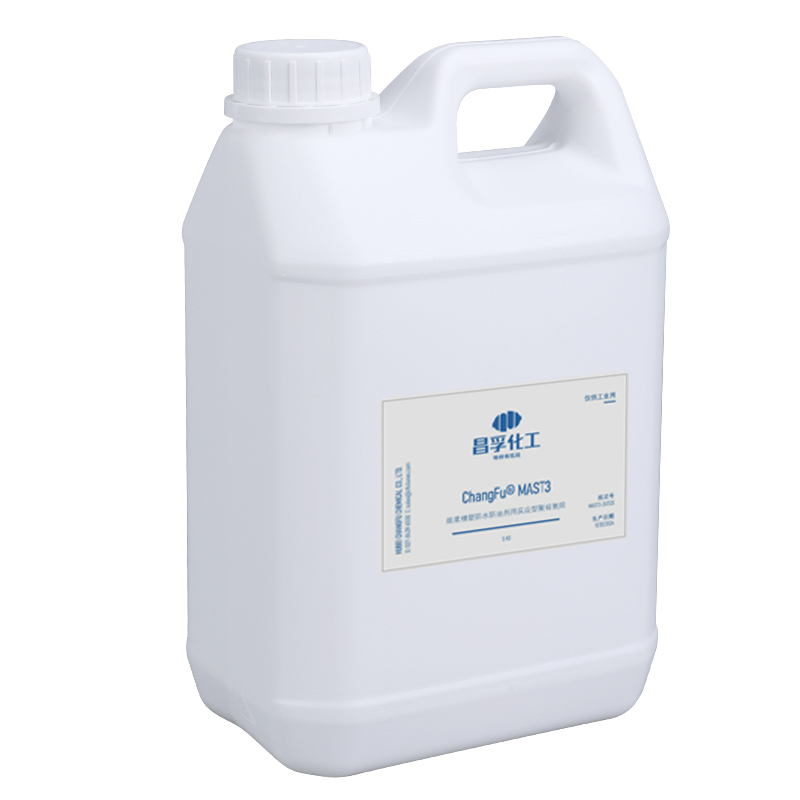





































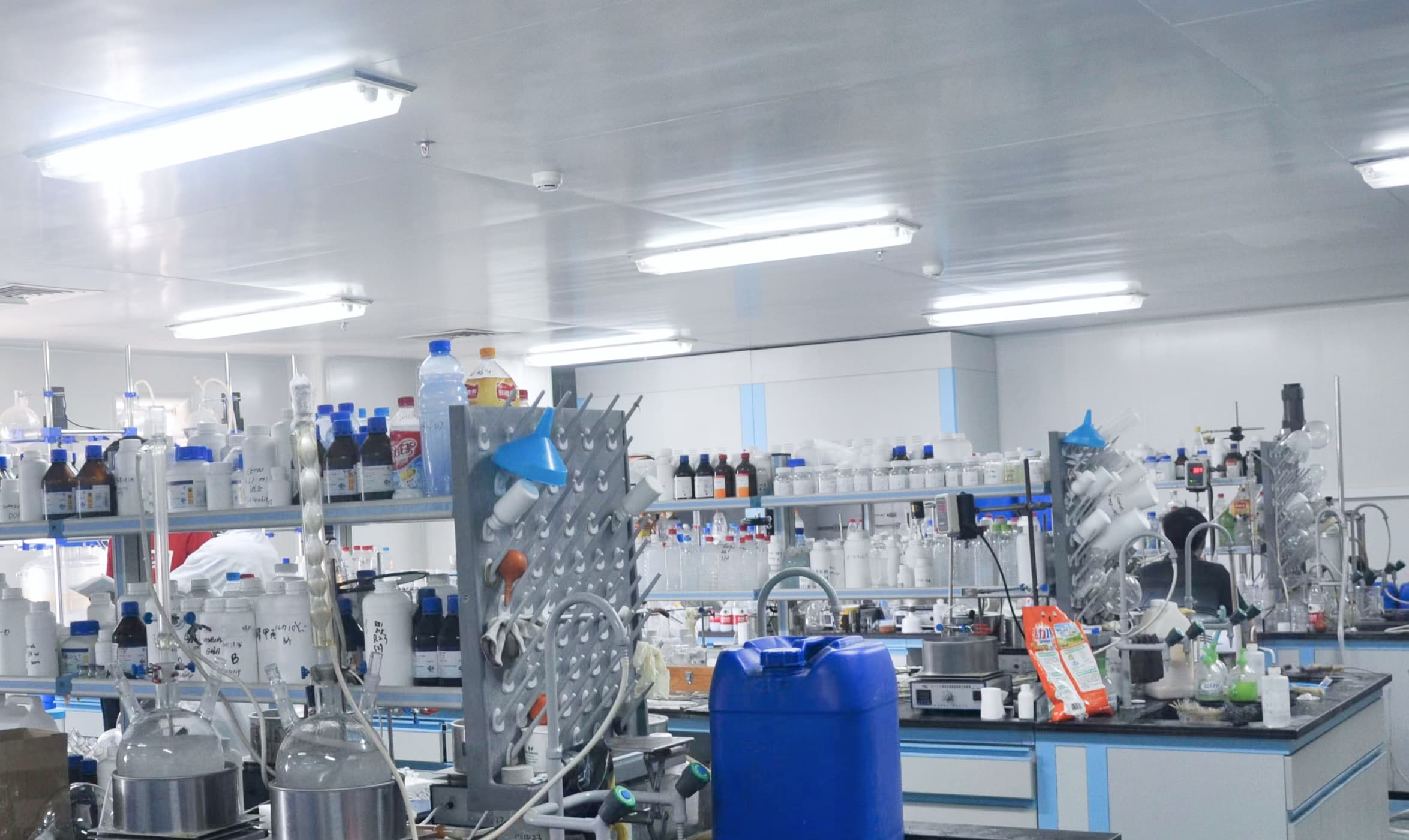

+86 27 8439 6550
+86 181 6277 0058
sales@cfsilanes.com
Optics Valley Bio-City
No. 666, Gaoxin Avenue
Hongshan District, Wuhan City

+86 27 8439 6550 | +86 181 6277 0058
sales@cfsilanes.com
Optics Valley Bio-City
No. 666, Gaoxin Avenue
Hongshan District, Wuhan City
Copyright © Hubei ChangFu Chemical Co., Ltd. All Rights




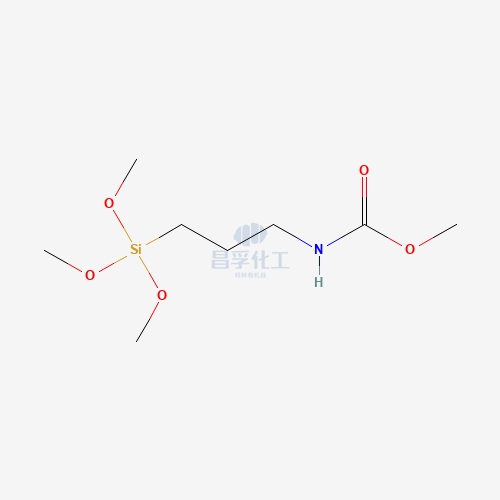
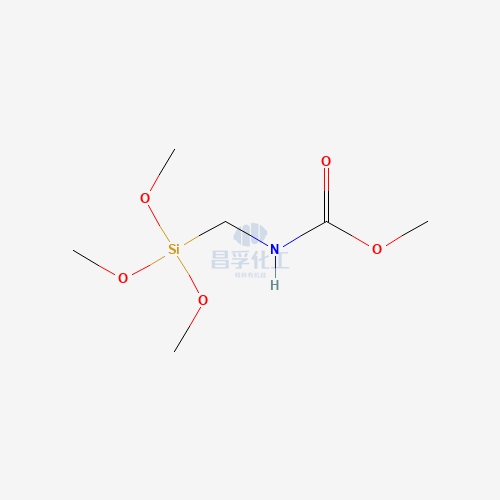
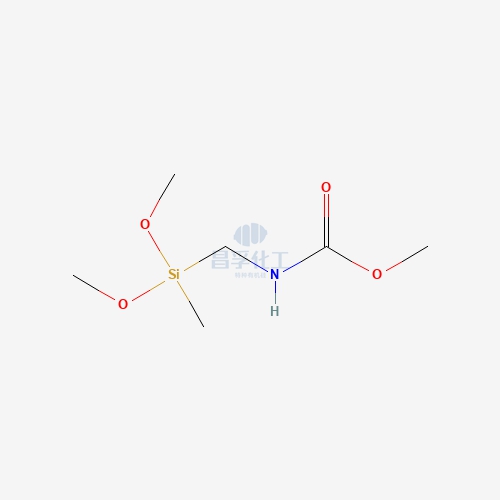
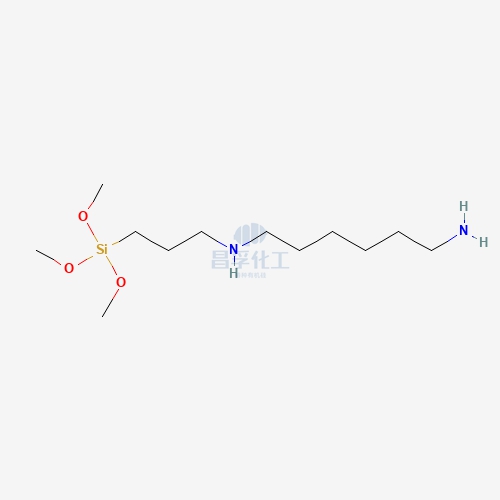
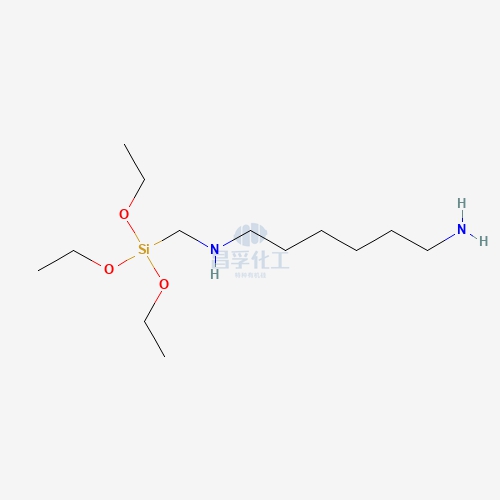
![N-[5-(Trimethoxysilylpropyl)-2-aza-1-oxopentyl]caprolactam CAS: 106996-32-1 106996 32 1 N-[5-(Trimethoxysilylpropyl)-2-aza-1-oxopentyl]caprolactam CAS: 106996-32-1 106996 32 1](https://cdn.yofishseo.com/1363882761272232/106996-32-1.jpg)
